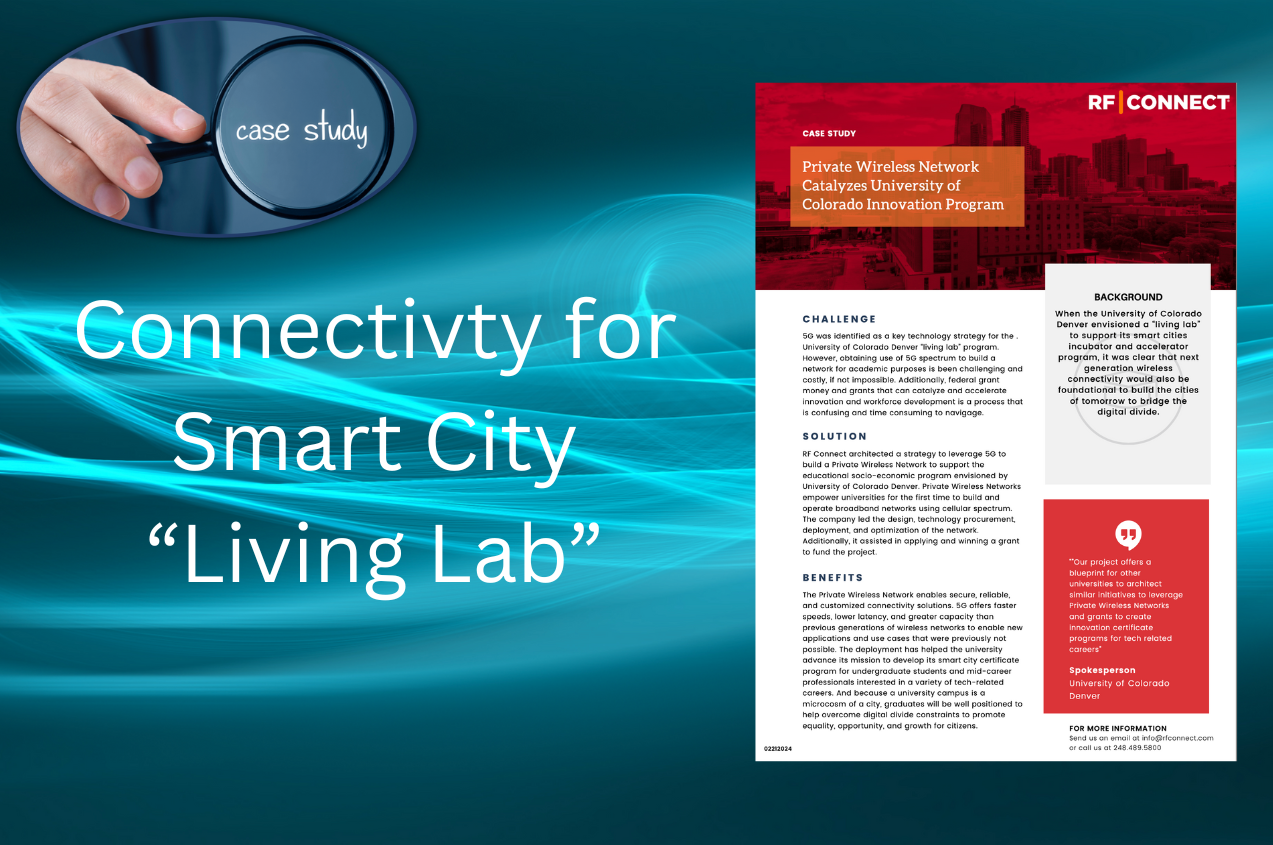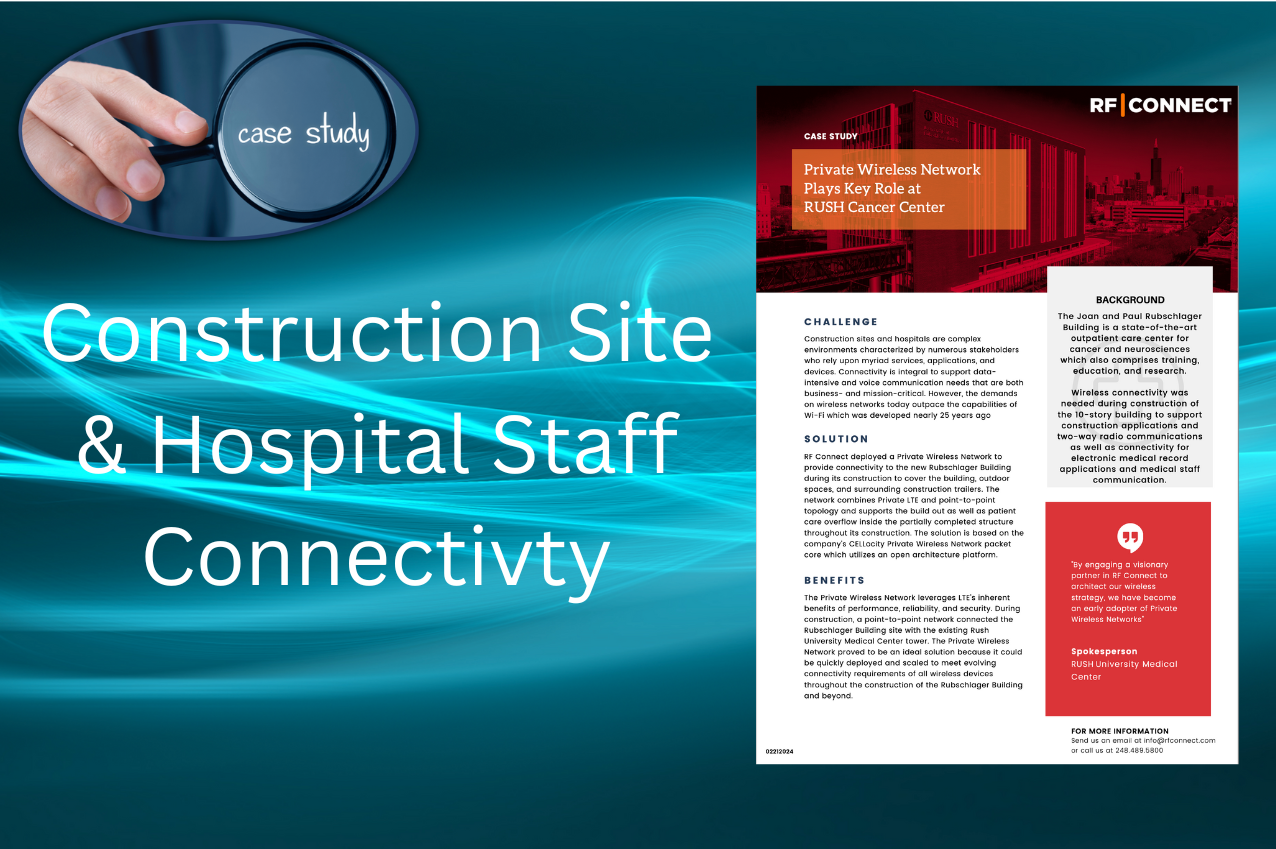Over the last few years, the in-building wireless ecosystem has been cautiously dipping its toe in the water at the annual co-located Realcomm and IBcon conference to determine the receptiveness of the event’s commercial and corporate real estate (a/k/a CRE) and enterprise tenant attendees to cellular enhancement solutions including Distributed Antenna Systems (DAS) and Small Cells.
This year, however, the ecosystem jumped into the deep end of the pool, big time!
Perhaps it’s because of an intentional strategic shift down-market from the saturated and commoditized large venues segment, and the realization that coveted “enterprise” buyers don’t attend wireless conferences.
Or, maybe, it’s due to the organizers of the largest and most targeted real estate technology conference dedicating an education track to wireless in response to the fact that smart building and occupant experience outcomes don’t happen without people, devices and applications being connected via increasingly-untethered infrastructure.
Although there is significant market education that still needs to occur, I believe Realcomm 2019 marked a turning point for the in-building wireless industry in unlocking the CRE market.
Here are five notable trends I observed:
Wireless Is Inescapably Part of the CRE Technology Discussion
Jim Young, CEO of Realcomm, declared in his annual technology “state of the union” during the opening general sessions that CRE is on the cusp of a new transition. Whether we call it the Fifth Wave, Digital Transformation, PropTech, Smart Building 2.0 or something else, technologies such as Artificial Intelligence (AI), Internet of Things (IoT) and others are going to be leveraged to increase revenue and asset value, reduce expenses and risk, and improve service and experience.
The importance of wireless connectivity – and not just Wi-Fi – cannot be overstated. To be sure, smartphones play a central role in the occupant digital experience, supporting myriad applications such as communication, wayfinding, space booking, temperature control and more. But the magnitude of sensors being deployed truly underscores the wireless imperative which includes a toolkit of solutions suited to address the broad array of service needs.
Wireless Has Evolved from an Expense to an Investment
Technology for technology sake is merely an expense (good luck selling that value proposition to mainstream buyers!). But a technology expense becomes an investment when business benefits are achieved.
What’s confounded the wireless ecosystem when CRE buyers have previously rejected investments in cellular enhancement solutions but, instead, plowed money into ornate lobbies resplendent in marble and exotic fresh floral arrangements is the perceived absence of ROI. Put simply, CRE found those lobbies make for higher rent, better tenants and lower occupancy rates.
Now, wireless connectivity is being understood by CRE for delivering similar benefits as well as lower operating costs, thus changing a CAPEX event to an OPEX event.
Use Cases Are Needed for CBRS to Take Off
One of the knocks on the in-building wireless ecosystem is that CRE doesn’t understand our technical, acronym-heavy vocabulary. I was reminded of this when my fellow panelist, Nick Stello (SVP of IT Infrastructure at Vornado Realty Trust), suggested during the “An Introduction to 5G & CBRS – Getting Ready for the Revolution” session that deployment of CBRS will accelerate only when the wireless ecosystem successfully communicates use cases and monetization strategies.
As Adlane Fellah and Earl Lum recently observed in an article in RCR Wireless, “CBRS is a business and technological puzzle.” CRE buyers are aware of CBRS, but it is unrealistic to expect them to be experts. They’ll embrace CBRS when they understand how it solves problems and helps them make or save money.
5G Marketing is Generating Interest Among CRE and Tenants
Given the steady diet of 5G the wireless industry receives, our outlook tends to be that of both optimism and cynicism. Nevertheless, Nick Stello confessed that the power of 5G marketing is beginning to drive interest among building owners and is starting to resonate with tenants.
Although 5G possesses multiple technical characteristics including enhanced mobile broadband, ultra-reliable low latency communication and multiple machine-type communication (look for a forthcoming post from Josh Gerst, our VP of Engineering, who will elaborate on those in a new series of posts focused on 5G), most understand 5G to mean significantly faster wireless speeds.
The 5G juggernaut is coming, and CIOs in the CRE sector are soon going to be researching, inquiring and considering how it factors into their wireless connectivity plan to meet tenant expectations. Which means, the in-building wireless ecosystem needs to be ready to educate and counsel these buyers on 5G technology and business solutions – no matter where they are on the buyer’s journey.
It’s Still a Wireless Toolkit Approach
The term “heterogenous network” became a wireless industry buzzword to describe multi-dimensional infrastructure such as the macro network, metro cells, pico cells, remote radio heads, small cells and even Wi-Fi deployed to provide cellular coverage and capacity. The view is that no single technology can successfully address all wireless connectivity requirements.
It was therefore notable that presenters from Ford and Prologis during the “CBRS and Private LTE Trials – EARLY ADOPTERS Report” session positioned a strategic vision of using CBRS – effectively eschewing Wi-Fi – to support all connected devices in their buildings. Perhaps that’s the modus operandi for early adopters who, as detailed in the seminal book, Crossing the Chasm, are technology enthusiasts and visionaries willing to accept risk to gain a competitive advantage.
CBRS is indeed an exciting and compelling solution. As I commented in AGL Magazine regarding being the first CommScope Inbuilding Wireless (IBW) Premier Partner to also become a Ruckus Networks (now CommScope) CBRS Partner, CBRS has myriad use cases and benefits for nearly all markets. However, with improved capabilities of Wi-Fi 6 and forthcoming 5G mmWave solutions in addition to current DAS and Small Cell technologies, I believe CRE will and should seek to leverage multiple wireless connectivity tools from the solutions toolkit.
We can help you navigate these technology and business models to achieve wireless connectivity to enable smart building and occupant experience outcomes. Contact us to get started.





